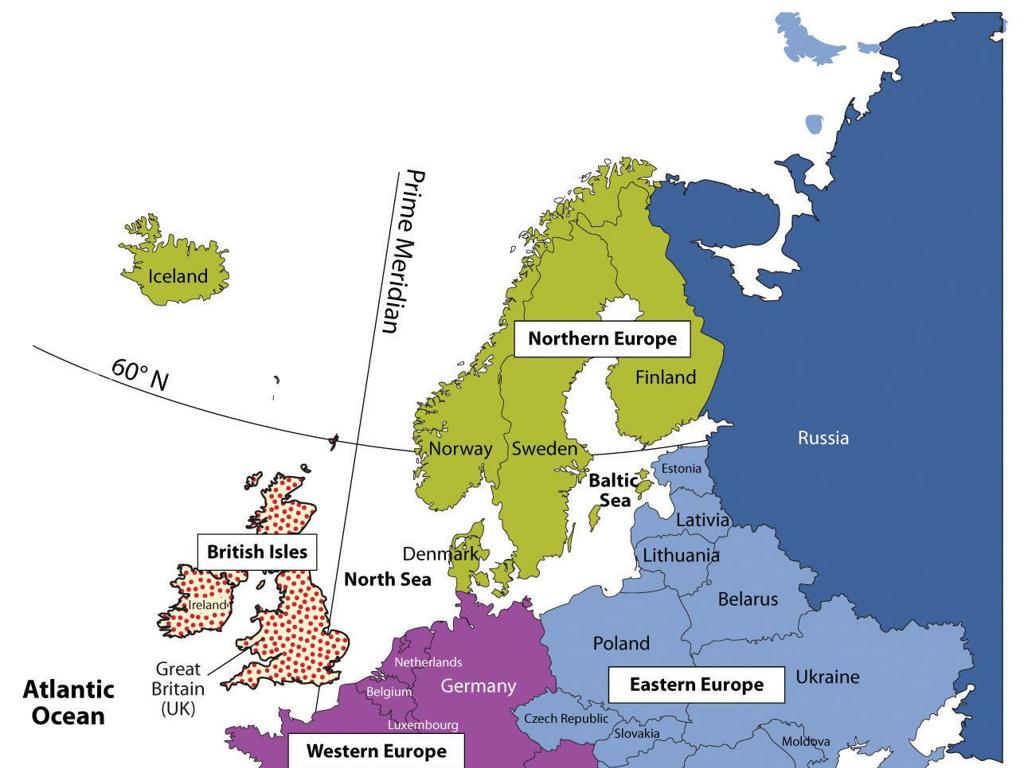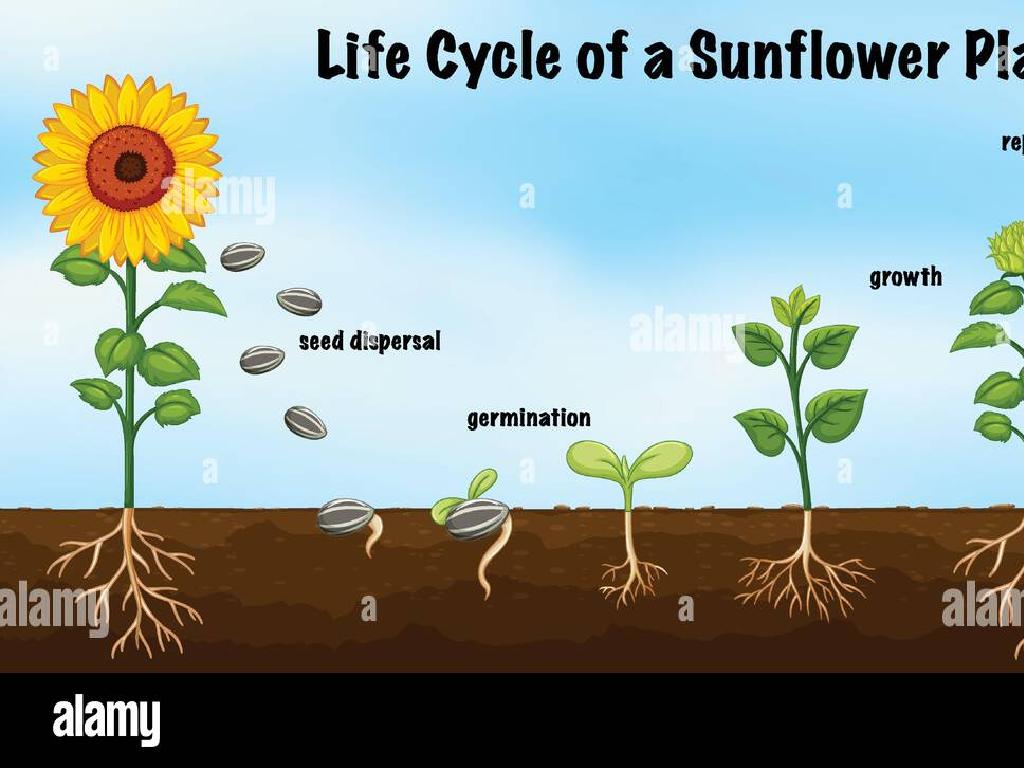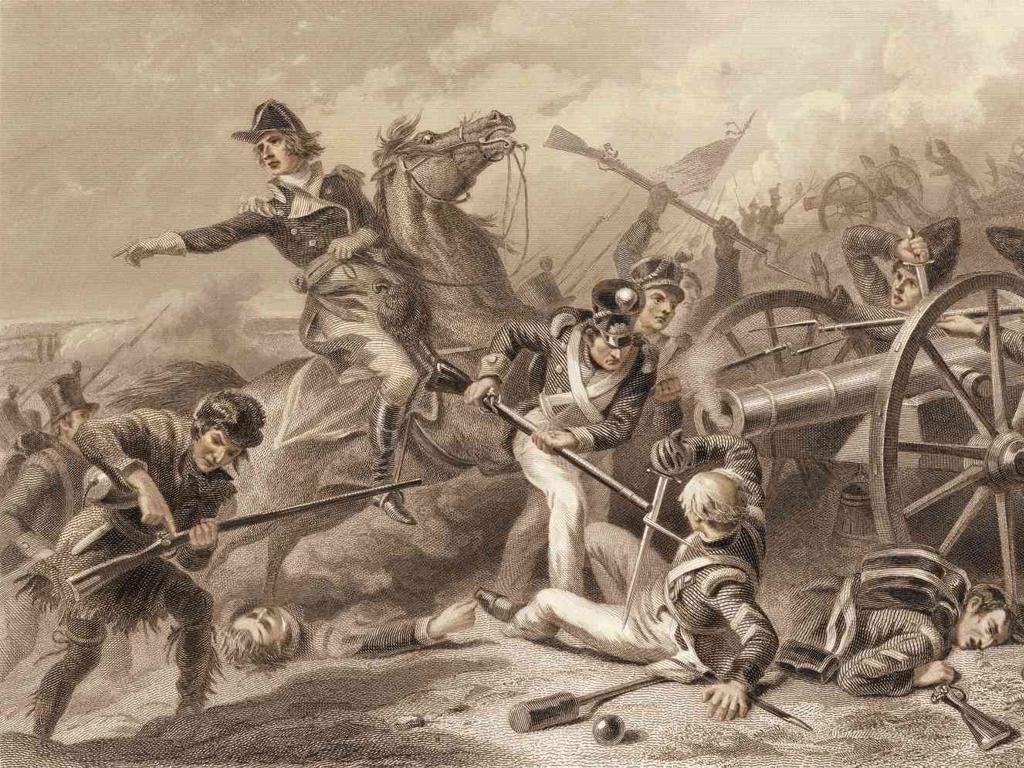Multiply Two Unit Fractions Using Models
Subject: Math
Grade: Fifth grade
Topic: Understand Fraction Multiplication
Please LOG IN to download the presentation. Access is available to registered users only.
View More Content
Multiplying Unit Fractions
– Fractions represent numbers
– Visualize fraction multiplication
– Imagine dividing a shape into equal parts
– Unit fractions: a special case
– Unit fractions have a numerator of 1
– Practice with fraction models
– Use shapes like rectangles or circles
|
This slide introduces the concept of multiplying unit fractions. Begin by reinforcing the idea that fractions are numbers that represent parts of a whole. Emphasize that unit fractions are fractions with a numerator of 1. Explain that multiplying fractions can be visualized by combining these parts, and models such as shaded areas of rectangles or circles can be used to represent this process. Encourage students to think of fractions in terms of division into equal parts, and how multiplying these can show the area of overlap. Provide examples using fraction models to demonstrate how to multiply two unit fractions, and prepare to guide students through practice problems where they will apply this concept.
Understanding Unit Fractions
– Define a unit fraction
– A fraction with a numerator of 1, like 1/3 or 1/4.
– Examples of unit fractions
– 1/2 is half a pie, 1/3 is one slice of a pie cut into 3 pieces.
– Building fractions from units
– Just like building blocks, combine unit fractions to make other fractions.
– Visualizing with fraction models
– Use models like pie charts or bars to see how unit fractions make up a whole.
|
Introduce the concept of unit fractions by defining them as fractions with a numerator of 1. Provide clear examples, such as 1/2, 1/3, 1/4, to illustrate the idea. Explain that all fractions are composed of unit fractions, similar to building blocks. To help students visualize, use models like pie charts or bar models to show how these unit fractions can be combined to form other fractions. This foundational understanding will be crucial for grasping how to multiply two unit fractions using models in subsequent lessons.
Visualizing Fractions with Models
– Understanding fractions via models
– Drawing models for unit fractions
– Divide a shape into equal parts; one part is a unit fraction
– Finding fractions in daily objects
– Pizza slices or a chocolate bar can represent fractions
– Multiplying two unit fractions
– Use models to show how to multiply fractions visually
|
This slide aims to help students visualize fractions using models, which is a foundational skill in understanding fraction multiplication. Start by explaining that a model can be any visual representation that helps us understand mathematical concepts. Show how to draw a model for a unit fraction by dividing a shape into equal parts and highlighting one part. Relate this to everyday objects like pizza slices or chocolate bars, which can be divided into fractions. Then, demonstrate how to multiply two unit fractions by overlapping models. For example, if we have 1/2 of a chocolate bar and we want only 1/3 of that half, we show this by overlapping the models to see what fraction of the whole bar we have. Encourage students to practice with different models and real-life objects to strengthen their understanding.
Multiplying Unit Fractions by Whole Numbers
– Multiplying fractions introduction
– Visualize with fraction models
– Use shapes divided into equal parts to represent fractions
– Example: 1/4 x 3
– 1/4 x 3 means 1/4 added together 3 times
– Example: 1/5 x 2
– 1/5 x 2 shows 1/5 taken twice
|
This slide aims to help students understand the concept of multiplying a unit fraction by a whole number. Begin by explaining that multiplying is similar to adding the same number several times. Use fraction models such as pie charts or bar models to visually demonstrate the multiplication process. For instance, show how multiplying 1/4 by 3 involves adding 1/4 three times. Similarly, demonstrate that 1/5 multiplied by 2 means taking 1/5 twice. Encourage students to draw their own models and provide additional examples for practice. This visual approach will solidify their understanding of fraction multiplication.
Multiplying Two Unit Fractions
– Steps to multiply unit fractions
– Multiply the numerators and denominators separately
– Use area models for multiplication
– Visualize fractions as parts of a whole area
– Example: Multiply 1/3 by 1/4
– 1/3 x 1/4 equals 1/12, as shown in the area model
|
This slide introduces the concept of multiplying two unit fractions. Start by explaining that a unit fraction has a numerator of 1. To multiply, simply multiply the numerators (top numbers) and then the denominators (bottom numbers) separately. Use an area model to visually represent the multiplication process, which helps students understand how the fractions combine to form a new fraction. For example, show how multiplying 1/3 by 1/4 can be visualized by shading one-third of a rectangle and then one-fourth of that shaded part, resulting in one-twelfth of the total area being shaded. This visual approach reinforces the concept that multiplying fractions is about combining parts of parts.
Let’s Practice Multiplying Unit Fractions!
– Interactive class example
– We’ll use a model on the board for everyone to see
– Step-by-step multiplication guide
– I’ll show you how to multiply fractions step by step
– Solve the problem together
– You’ll help me find the product of two fractions
– Discuss our answers
– We’ll make sure we all understand the process
|
This slide is designed for an interactive class activity to practice multiplying two unit fractions using models. Start by presenting a multiplication problem involving two unit fractions on the board. Walk the students through each step of the multiplication process, using a visual model such as fraction strips or a grid. Encourage class participation by asking students to volunteer answers for each step. After solving the problem, discuss the answer as a class to ensure understanding. Possible activities could include students working in pairs to multiply different sets of unit fractions, using manipulatives to visualize the problem, or creating their own fraction multiplication problems to solve with the class.
Your Turn: Fraction Multiplication Models
– Create fraction multiplication models
– Work in pairs to draw and solve
– Share solutions with the class
– Discuss different methods used
|
This activity is designed to reinforce the concept of multiplying two unit fractions by using visual models. Students will be paired up to encourage collaboration and peer learning. Each pair will be given a set of problems to solve by drawing models that represent the multiplication of two unit fractions. After completing the problems, pairs will present their models and solutions to the class, explaining the process they used. This will allow students to see multiple methods of solving the same problem, enhancing their understanding of the concept. For the teacher: Prepare a worksheet with different sets of unit fractions for each pair. Encourage creativity in their models. Possible activities could include using grid paper to create area models, illustrating story problems, or using fraction circles. Ensure that each pair has a chance to present and provide guidance as needed.
Review and Reflect: Multiplying Unit Fractions
– Recap unit fraction multiplication
– Remember, unit fractions have 1 as the numerator.
– Discuss today’s key learnings
– What are the steps we followed to multiply two unit fractions?
– Engage in Q&A session
– Ask any questions you have, no matter how small!
– Reflect on our understanding
|
This slide aims to consolidate the day’s learning about multiplying unit fractions. Begin by recapping the process: to multiply two unit fractions, we multiply the numerators and the denominators separately. Emphasize that since unit fractions have a numerator of 1, the product will also be a unit fraction. Encourage students to discuss the strategies they used and any patterns they noticed. The Q&A session is crucial for addressing any uncertainties and reinforcing concepts. Finally, ask students to reflect on their understanding and confidence with the material. As a teacher, be prepared with additional examples and common misconceptions to ensure a thorough review.
Homework Challenge: Multiplying Unit Fractions
– Take home practice problems
– Use models to solve fractions
– Draw area models or use fraction strips
– Remember next class’s topic
– We’ll explore multiplying larger fractions
– Keep practicing for mastery
|
This slide is designed to set up a homework activity for students to reinforce their understanding of multiplying unit fractions using models. The homework will consist of a set of problems that students should attempt to solve at home, using visual aids like area models or fraction strips to help them visualize the multiplication process. Remind students of the importance of practice for mastering this concept. Also, give them a heads-up about the upcoming class topic, which will build on their current understanding and introduce multiplying larger fractions. Encourage them to approach the problems with a positive mindset and remind them that using models can make complex problems more manageable. Provide detailed guidelines for the teacher to offer support and additional practice activities if needed.






